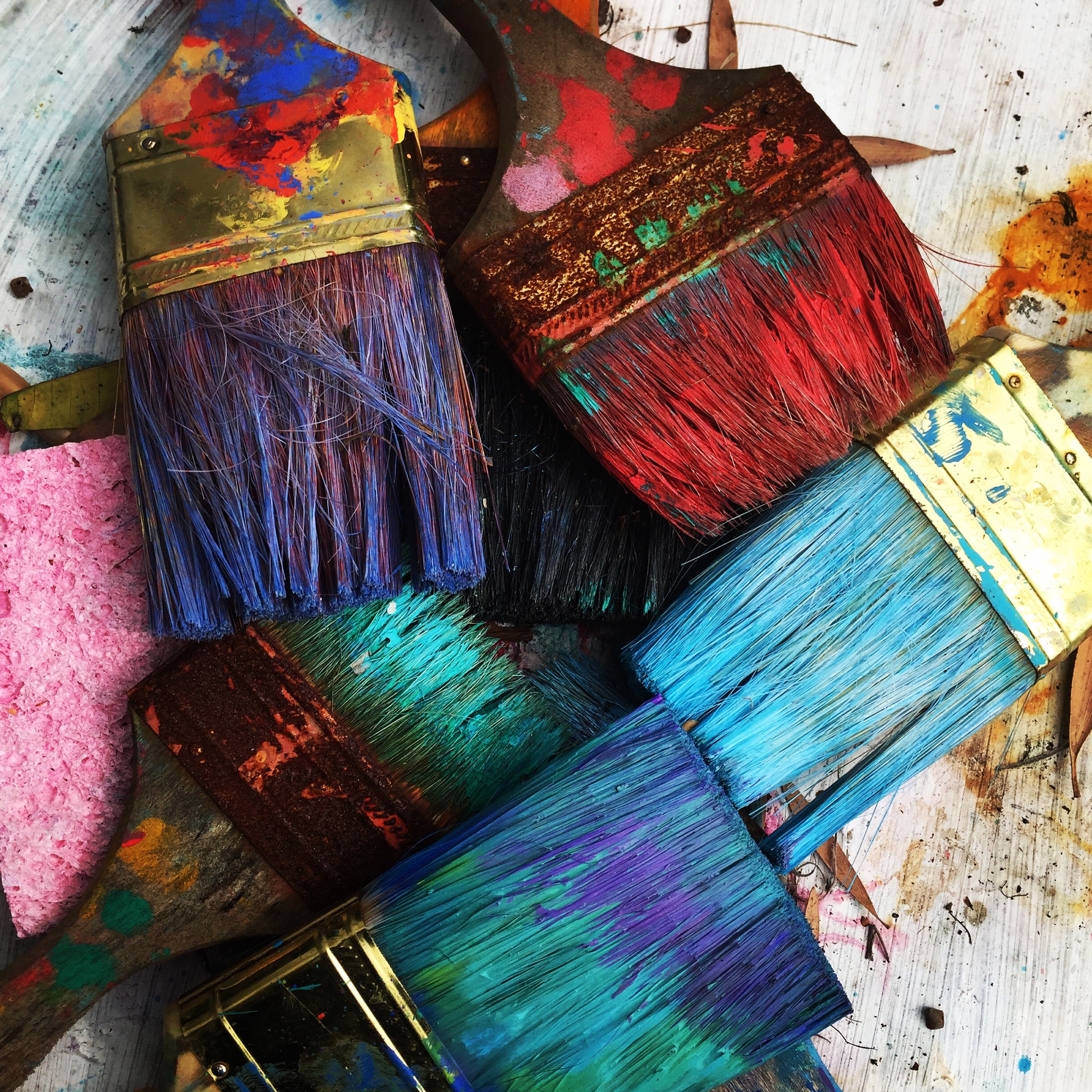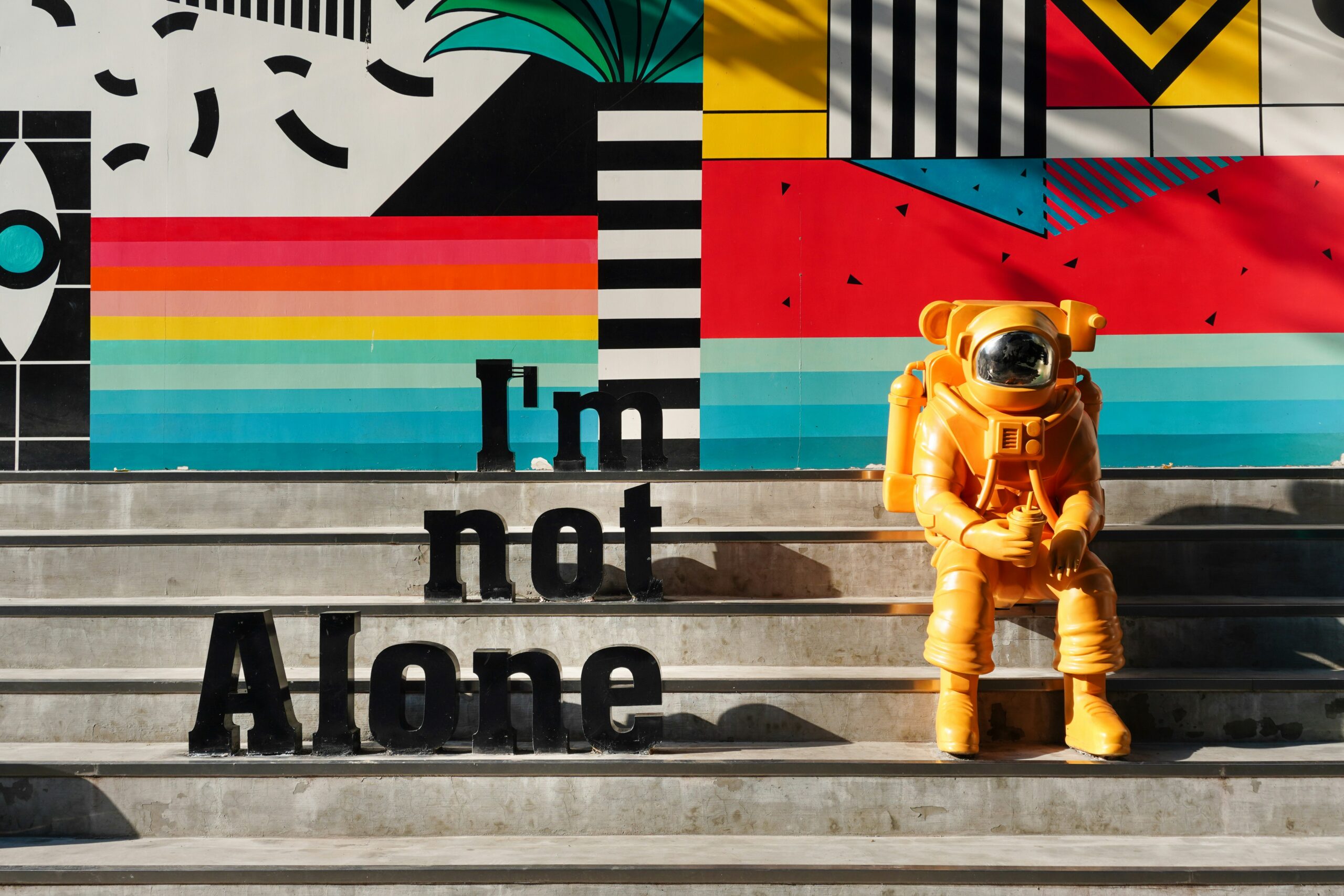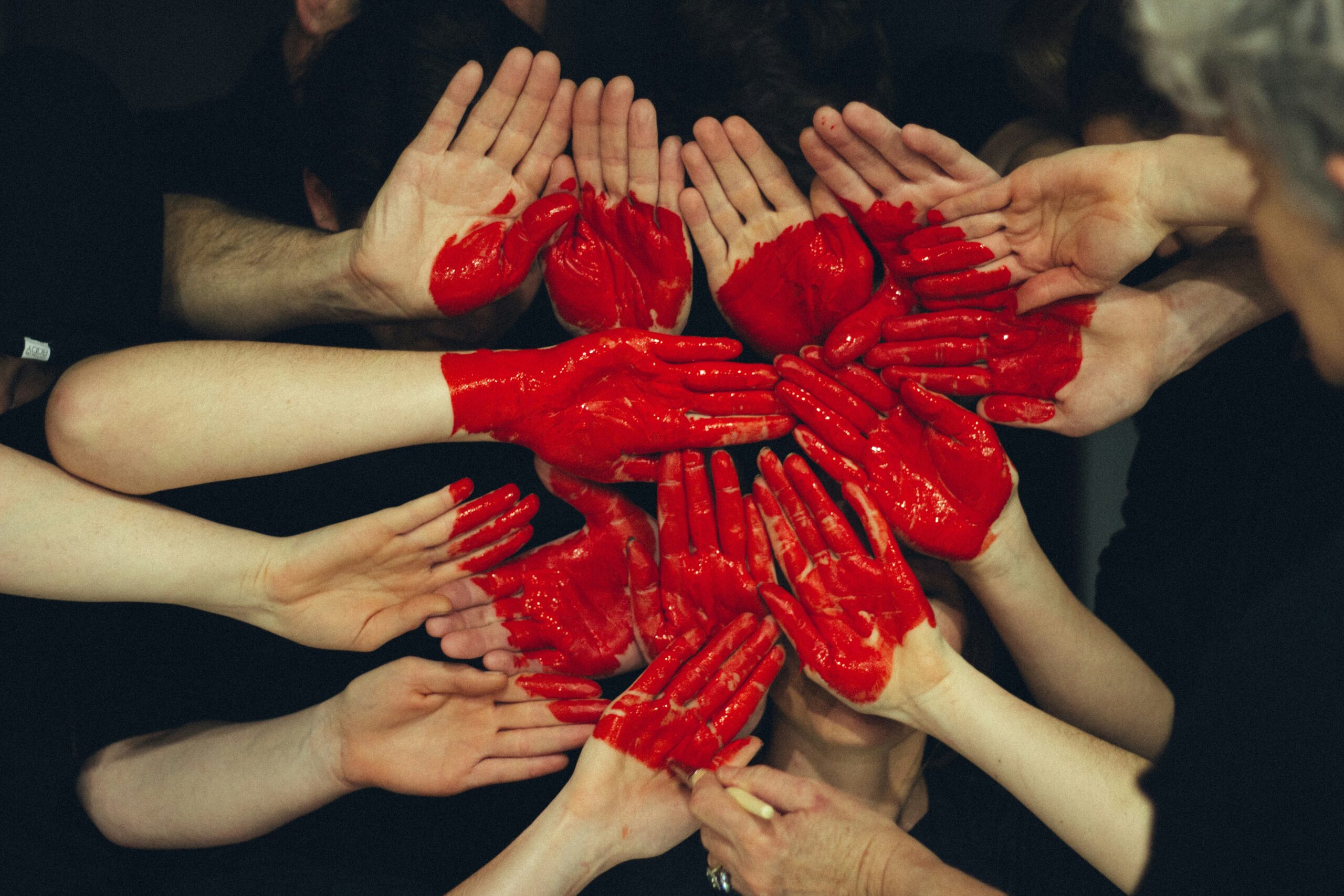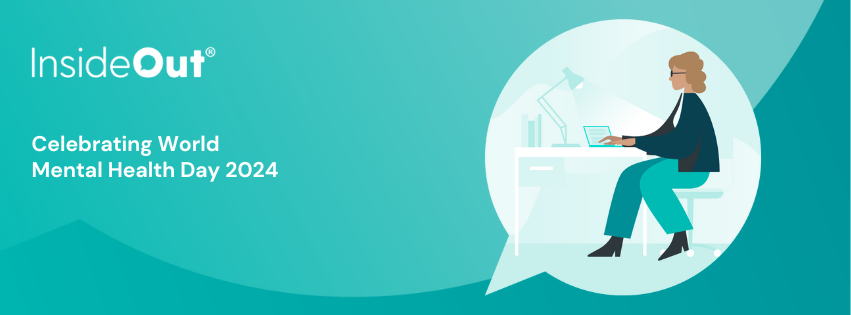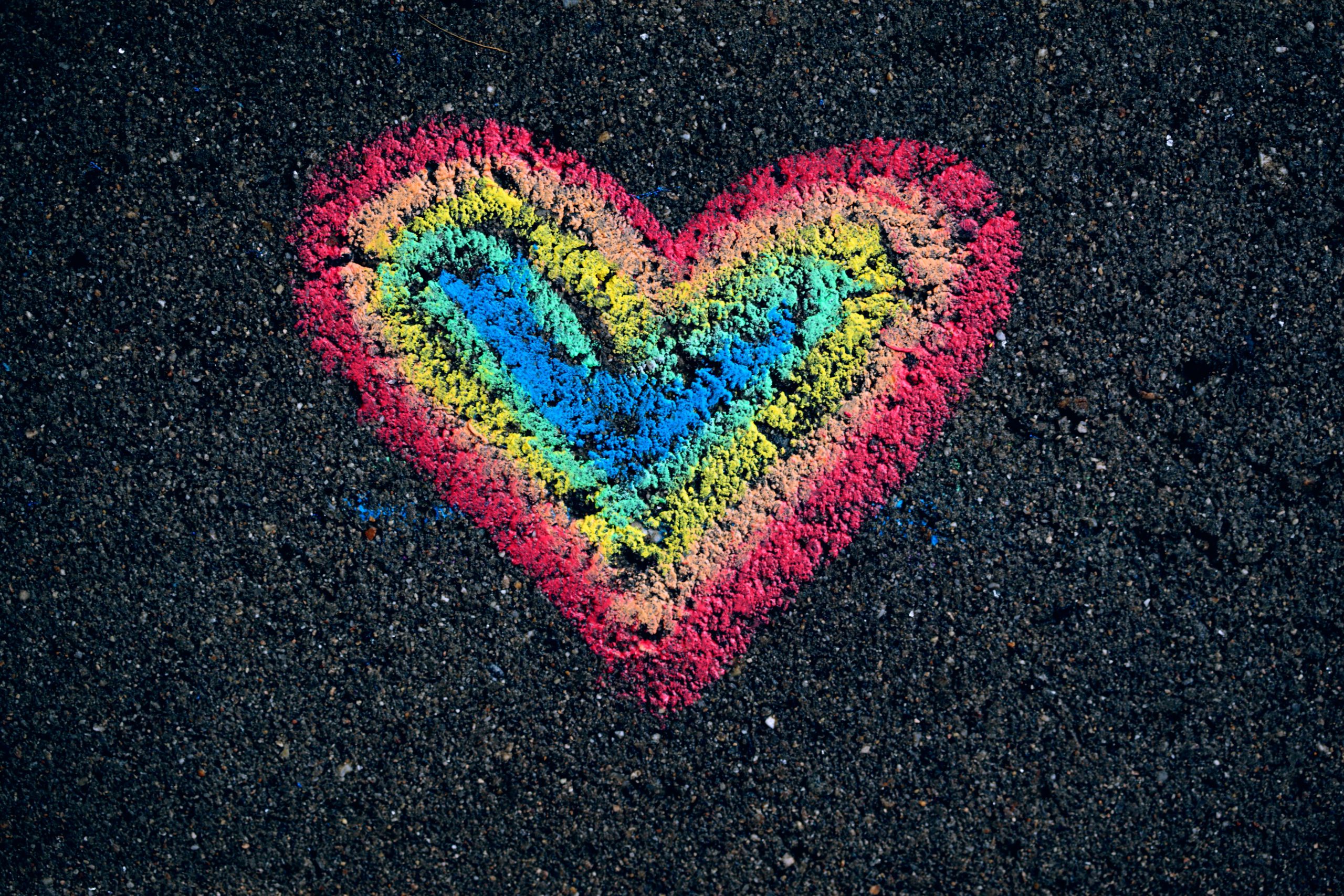Wonder about the connection between Arts & Well-being?
The arts tell something that words alone can’t reach. However, the language of imagery can seem quite daunting to some people because it is not logical or linear and there are lots of misconceptions about ART and ARTISTS. Some of the thoughts float along the lines of: ‘real artists’ make art because they are good at it, they have learnt the skills to draw or sculpt or they have a qualification to be recognised as an artist and that makes them one. Some believe that you are either born with it or not and many are afraid because they think they have to be ‘good’ at it or ‘what’s the point’.
The point is that we all benefit from expressing ourselves and art incorporates a vast range of mediums and activities. For instance, you could be doodling on a piece of paper as you speak on the phone and without realising it you could be expressing and creating something quite unique! But the benefits run deep from the mind to the body and soul… Your art touches other people too.
As an Art Psychotherapist, I encounter different reactions in my clinical practice as the adult client first enters the therapy room and scans the display of clay, pens and pencils, paints, sand, pipe cleaners, and all sorts of other materials. Expressions ranging from excitement to trepidation are conveyed and discussed.
So, let’s look at the benefits!
- Creating art stimulates brain connections and helps process and integrate information. In the 1960’s American Psychobiologist Roger Sperry discovered that the human brain has two ways of ‘thinking’. Since then evidence has shown that art expression in all its forms is a whole brain activity. It involves primarily the right hemisphere of the brain (motor skills, rhythm, imagination, intuition, feelings, left hemisphere etc…) and also the left side of the brain, which focuses on processing information in a verbal sequential, and analytic way. Activating both sides of the brain can improve memory, learning and wellbeing.
- Creating art relaxes mind, body and soul and lowers stress levels. The stress hormone, cortisol is reduced which eases chronic health conditions. While we are absorbed in making something we give our left thinking brain a break and we may even become immersed in a meditative state as attention is placed on the details of the object or image. I have noticed that when I am making a dish I also get into this flow!
- Creating art promotes creative thinking, which is necessary for effective problem solving. Coming up with solutions that work for us in our individual circumstances is a skill that involves thinking outside the box requiring whole brain thinking.
- Creating art increases self-esteem by releasing a chemical called dopamine. Dopamine is a neurotransmitter that boosts movement, motivation and concentration, which enhance learning. When we put something we have created out in the world we get a sense of accomplishment and provides an opportunity to be seen and to connect with others.
- Creating art benefits everyone, both the artists and the viewers. Studies underscore that viewing art gives pleasure, releasing dopamine and enhancing feelings of empathy and tolerance for people who live differently to us. Art helps us to connect with ourselves and with others.
Anyone can benefit from creating art on their own, but sometimes it is appropriate to seek professional help from an Art Therapist if you experience high levels of stress and personal problems or mental health issues, have a learning disability or a chronic illness.
Author: Diane Metta, Psychotherapist at InsideOut
